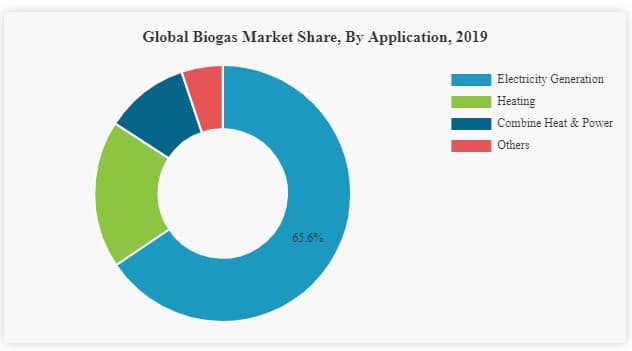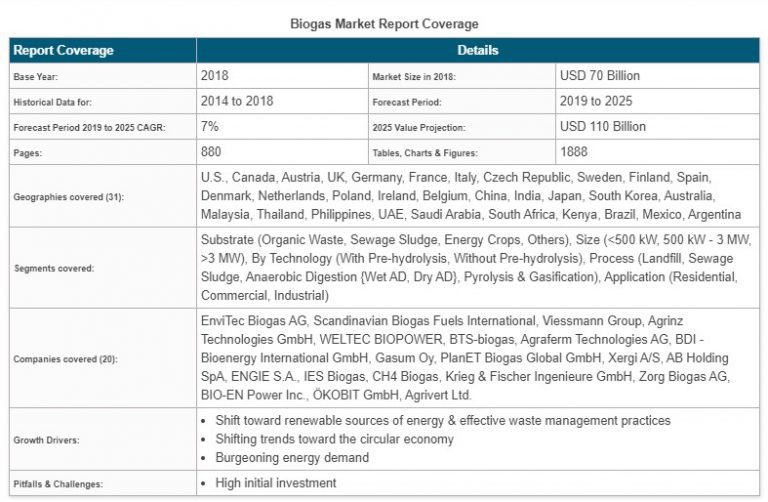BIOGAS:
Biogas has emerged as a promising renewable technology to convert agricultural, animal, industrial and municipal wastes into energy. Biogas development can be integrated with strategies to improve sanitation as well as reduce indoor air pollution and greenhouse gases.
Currently, the total biogas production in India is 2.07 billion m3/year. This is quite low compared to its potential, which is estimated to be in the range of 29–48 billion m3/year. Hence, this study aims to identify both technical and non-technological barriers impending biogas dissemination in India.


Biogas dissemination is affected by various waste, renewable energy, and urban policies. Barriers were therefore identified individually for rural and urban biogas systems existing in India using decomposition analysis. The results show that type and importance of barriers vary strongly between biogas systems due to the difference in technology maturity, feedstock availability and quality, supply chain, awareness level and policy support. We have collected data from different sources regarding the potential. The data shows the growth rate of the biogas plant in India and also in other countries. According to these data we have done the market survey and market potential.
Financial and Economical Barrier:
High capital cost is one of the key barriers to biogas technologies for rural applications (Rao and Ravindranath, 2002). The upfront costs such as construction, labor & equipment cost of installing a biogas plant are quite high for rural households. The total installation cost of family biogas plants varies with size, location, and model. The average cost of installing a family size biogas plant of capacity 1 m3 of biogas per day is around $348 (Samar et al., 2016).
The government provides a subsidy of around $123–$200 for family biogas plants depending upon plant capacity ranging from 1 to 6 m3 i.e 20–40% of the total installation cost. It is evident from the Table 3 that monthly household expenditure of more than half of the rural population in India is less than $150 (MOSPI, 2015).1 This indicates that the upfront installation cost of biogas plant is significantly higher than the monthly household expenditure of low-income households in rural areas. This makes it difficult for the low-income households in rural areas to afford biogas plant even after receiving the capital subsidy. Bansal et al. (2013) also stated lack of purchasing power among the rural households as one of the barriers hindering adoption of renewable energy technologies in India.

Market Potential of Biogas Plant:
The global biogas plant market is projected to grow from $3.51 billion in 2021 to $6.52 billion in 2028 at a CAGR of 9.3% in forecast period, 2021-2028.The market is expected to witness growth on account of the rising product demand from various applications such as electricity, heat, vehicle fuel, upgraded biogas, and cooking gas. Shifting focus toward the use of renewable energy, particularly in the electric power sector, has significantly driven the demand for biogas in electricity applications. In addition, the increasing need to reduce dependency on fossil fuels is creating lucrative opportunities for biogas in vehicle fuel applications.
The municipal source segment led the market and accounted for 41.55% revenue share in 2021. The growing usage of Municipal Solid Waste (MSW) in the production of biogas to reduce landfills and the Greenhouse Gas (GHG) emissions is expected to support the demand in the market over the forecast period. The demand for biogas in North America is primarily driven by the U.S. The growing demand for the product in applications, such as cooking gas, electricity, vehicle fuel, heat, and others, is expected to have a positive impact on the industry growth over the forecast period. Major factors supporting the growth of the market include high demand for green fuels, stringent environmental regulations, and increased investment in the development of refineries. Sluggish industrial activities have reduced the demand for heat consumption, thereby negatively affecting the demand for biogas.







